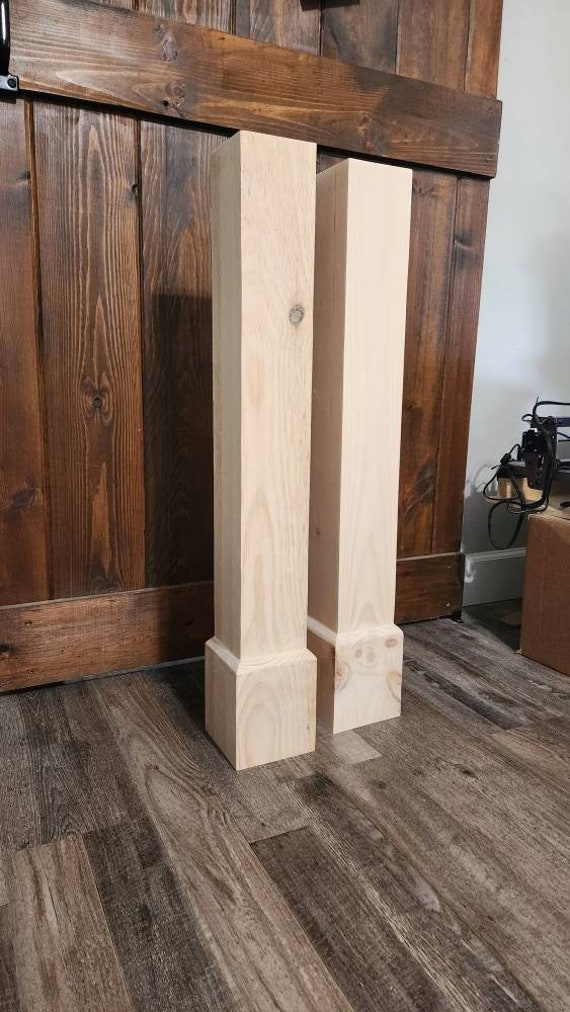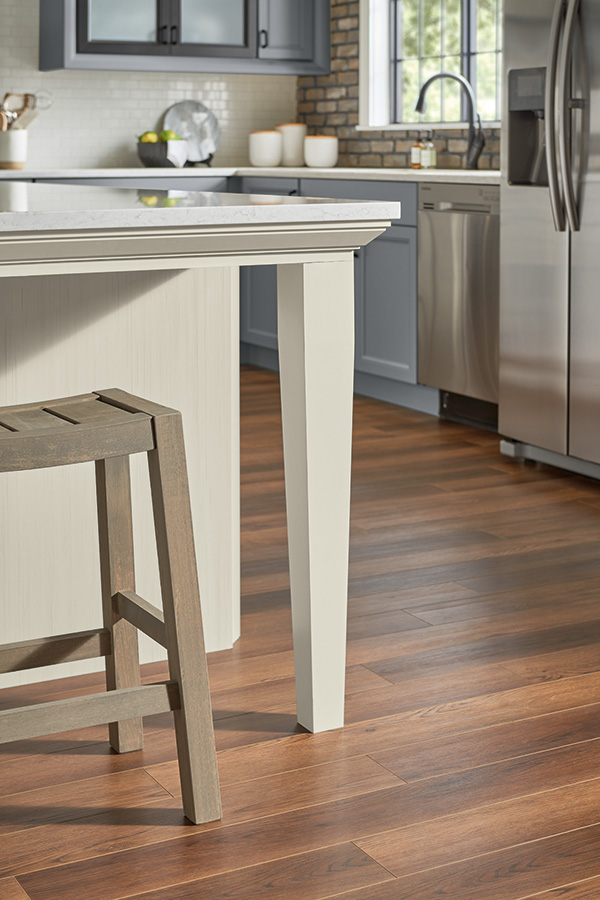Picking the Ideal Kitchen Island Leg for Durability and Performance
Picking the Ideal Kitchen Island Leg for Durability and Performance
Blog Article
The Significance of a Sturdy Kitchen Island Leg in Creating a Useful Food Preparation Area
A strong cooking area island leg offers as a fundamental part in establishing a useful cooking environment, providing essential assistance for both the counter top and numerous kitchen activities. The security it supplies can considerably decrease the danger of mishaps in high-traffic areas, while likewise adding to the general aesthetic comprehensibility of the area. As cooking areas progress into multifunctional locations for cooking, eating, and socializing, the option of materials and layout considerations for island legs becomes increasingly essential. Comprehending these components can transform your cooking area right into a much safer and more reliable location, motivating more exploration right into the ideal options available.
Advantages of Sturdy Island Legs
Providing vital assistance, strong kitchen island legs play an essential role in improving the performance and toughness of kitchen islands - kitchen island leg. These legs not just birth the weight of the counter top and any type of additional items placed on the island, yet likewise add to the overall stability of the structure. A well-supported cooking area island guarantees that it stays functional and upright, also under hefty use, which is especially vital in active kitchen area settings
Furthermore, strong island legs can improve the visual appeal of the kitchen area. They offer a solid structure that can enhance different style styles, from modern to conventional. This convenience permits house owners to personalize their kitchen area islands according to individual preference while making sure that the architectural stability remains uncompromised.
Along with their helpful function, durable cooking area island legs can additionally boost security. A secure island decreases the threat of crashes triggered by wobbling or tipping, which is especially vital in homes with youngsters or elderly individuals. Solid legs can promote a seamless flow of tasks, enabling for effective dish preparation and social communications within the cooking area area. Inevitably, buying durable kitchen area island legs is essential for a useful and visually pleasing cooking area.
Materials for Cooking Area Island Legs
When choosing materials for kitchen island legs, toughness and aesthetic charm are critical factors to consider,. The most common materials include hardwood, metal, and crafted wood, each offering unique advantages.
Wood, such as maple, oak, or cherry, is a traditional option because of its strength and timeless appeal (kitchen island leg). It can endure considerable weight and is immune to wear, making it suitable for high-use cooking area settings. Additionally, wood can be tarnished or repainted to enhance various kitchen area styles
Metal legs, commonly crafted from stainless steel or wrought iron, offer a industrial and contemporary appearance. They are extremely solid and can support significant loads while being resistant to dampness and warmth, which is advantageous in a cooking location. Steel legs can likewise be conveniently cleaned, enhancing their functionality.

Style Considerations for Stability
The option of materials for cooking area island legs directly affects the layout considerations for stability. When creating a kitchen island, it is extremely important to evaluate the weight-bearing ability of the selected products. Heavier materials, such as solid wood or steel, generally provide better security, specifically under the stress of everyday usage.
In addition, the leg design must integrate proper geometry to improve stability. A wider base increases the assistance location, decreasing the risk of tipping or wobbling. Consideration should also be given to the elevation of the legs; disproportionate leg lengths can cause inequality, compromising the total stability of the island.
In addition, the distribution of weight throughout the island is crucial. Guaranteeing that the leg placement aligns with the heaviest parts, such as counter tops and devices, will certainly better enhance security.
Maintenance Tips for Durability

Depending on the product of the legs-- whether wood, steel, or composite-- suitable cleansing techniques must be utilized. Metal legs might need a light gloss to prevent corrosion and keep their radiance.
If the kitchen area island experiences heavy usage, take into consideration enhancing the legs with added braces or supports to enhance sturdiness. By complying with these upkeep suggestions, property owners can guarantee their kitchen island legs remain practical and robust for years to come.
Selecting the Right Leg Style
Routine maintenance ensures that kitchen island legs continue read what he said to be durable and practical, however choosing the right leg style is just as crucial for both aesthetic appeals and assistance. The option of leg design can significantly influence the general style and consistency of your cooking area.

Performance is an additional vital facet. Thicker legs or those with a durable base can sustain much heavier counter tops and devices, boosting the island's utility. Conversely, slender legs may produce a ventilated look, appropriate for lighter layouts however potentially much less encouraging.
Conclusion
In summary, the importance of strong kitchen area island legs can not be overstated in the production of a useful cooking area. These legs provide vital support, improve stability, and contribute to the general aesthetic of the kitchen. By carefully selecting proper products and designs, in addition to implementing appropriate upkeep techniques, the longevity and performance of cooking area islands can be made certain. Inevitably, buying durable island legs is essential to accomplishing a safe and effective culinary setting.
A durable kitchen area island leg serves as an essential component in establishing a useful cooking setting, supplying essential assistance for both the kitchen counter and various kitchen tasks.Offering essential assistance, durable cooking area island legs play a critical role in boosting the functionality and durability of cooking area islands. Eventually, spending in strong kitchen island legs is essential for a useful and visually pleasing cooking location.
Factor to consider should also be go given to the elevation of the legs; out of proportion leg sizes can lead to discrepancy, endangering the overall stability of the island.
Wooden legs provide heat and a timeless look, while metal legs use a modern and industrial feeling.
Report this page